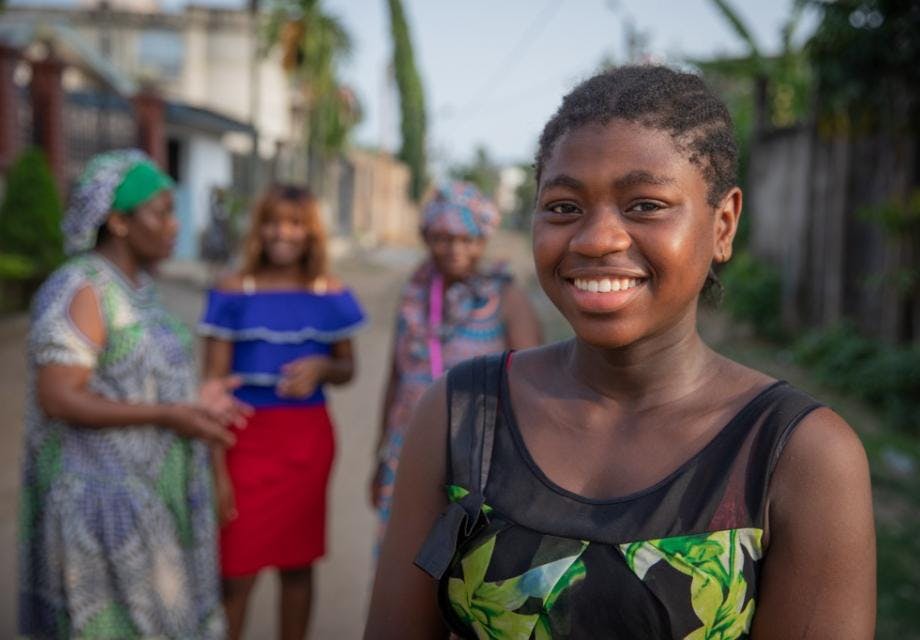How a mix of incentives and youth-staffed services increased HIV testing among young people
Hester Phillips
16 May 2023
Trial in Zambia resulted in 73% of young people being aware of their HIV status
Newly published results from the two-year Yathu Yathu trial show a considerable increase in HIV testing. The trial, which was co-designed by adolescents and young people (ages 15-24), set up community hubs staffed by youth peers and offered incentives for adolescents and young people to attend them.
What is the research about?
Two areas of Lusaka, Zambia were split into 20 zones. In half, sexual and reproductive health (SRH) hubs for young people were set up and staffed by peer support workers, a nurse and supervisor. The hubs provided comprehensive sexuality education, HIV testing and contraceptives. They also referred young people to local clinics for SRH services, such as PrEP and voluntary male medical circumcision (VMMC).
Young people in all zones were given a Yathu Yathu card. This allowed them to earn points for accessing SRH services. They could swap points for rewards, including soap, toothbrushes, toothpaste, nail polish, menstrual pads and haircuts.
In the intervention zones, young people earned points from getting SRH services from a hub. In the control zones, young people earned points from getting SRH services from a standard health facility.
In 2021, around 100 young people per zone (around 2,000) were surveyed to assess Yathu Yathu’s impact.
Why is this research important?
In sub-Saharan Africa, young people have a high risk of HIV, sexually transmitted infections and unintended pregnancies. Despite this, young people struggle to access the HIV and SRH services they need.
What did they find out?
Around 75% of young people surveyed were sexually active.
In the intervention areas, 73% of young people were aware of their HIV status (either by testing for HIV in the past 12 months or self-reporting as having HIV). This was higher than the control areas, where 48% of young people knew their HIV status.
The greatest effect was among adolescent boys (ages 15-19). In the intervention areas, 62% of adolescent boys knew their HIV status compared to 30% in the control areas.
The community hubs did not increase uptake of other SRH services. Overall, 60% of young people who did not want a baby used some form of contraception the last time they had sex (40% used condoms). There was no difference between intervention and control areas.
Around 38% of young people in intervention areas had heard of PrEP, compared to 29% in control areas. But PrEP use was low in both groups. Around 5% of young people overall had been offered PrEP and only 0.4% had taken it. This may be linked to the fact that the hubs did not provide PrEP directly.
There was no difference between areas in uptake of VMMC.
In terms of HIV prevalence, 3.8% of young women and 1.5% of young men had HIV. Most (94%) were on treatment. This suggests existing HIV treatment services were working well.
What does this mean for HIV services?
Using community hubs staffed by young peers, and incentivising young people to go to them, can increase HIV testing among young people.
Crucially, the Yathu Yathu trial was co-designed by young people. This is likely to have helped create a scheme that young people wanted to engage with. The incentives would have been chosen based on the kinds of products that young people actually want. The presence of peer workers in easily accessible hubs also made it easier for young people to get tested. This shows that listening to young people’s views is the way to design services and support that works for them.
The fact that the intervention did not improve take-up of broader SRH services beyond HIV testing suggests more work is needed to understand what young people want and need in these areas. This can only be done by ensuring young people play a significant role in designing and delivering interventions.
Get our news and blogs by email
Keep up-to-date with all our latest news stories and blogs by signing up to the Be in the KNOW news digest.
